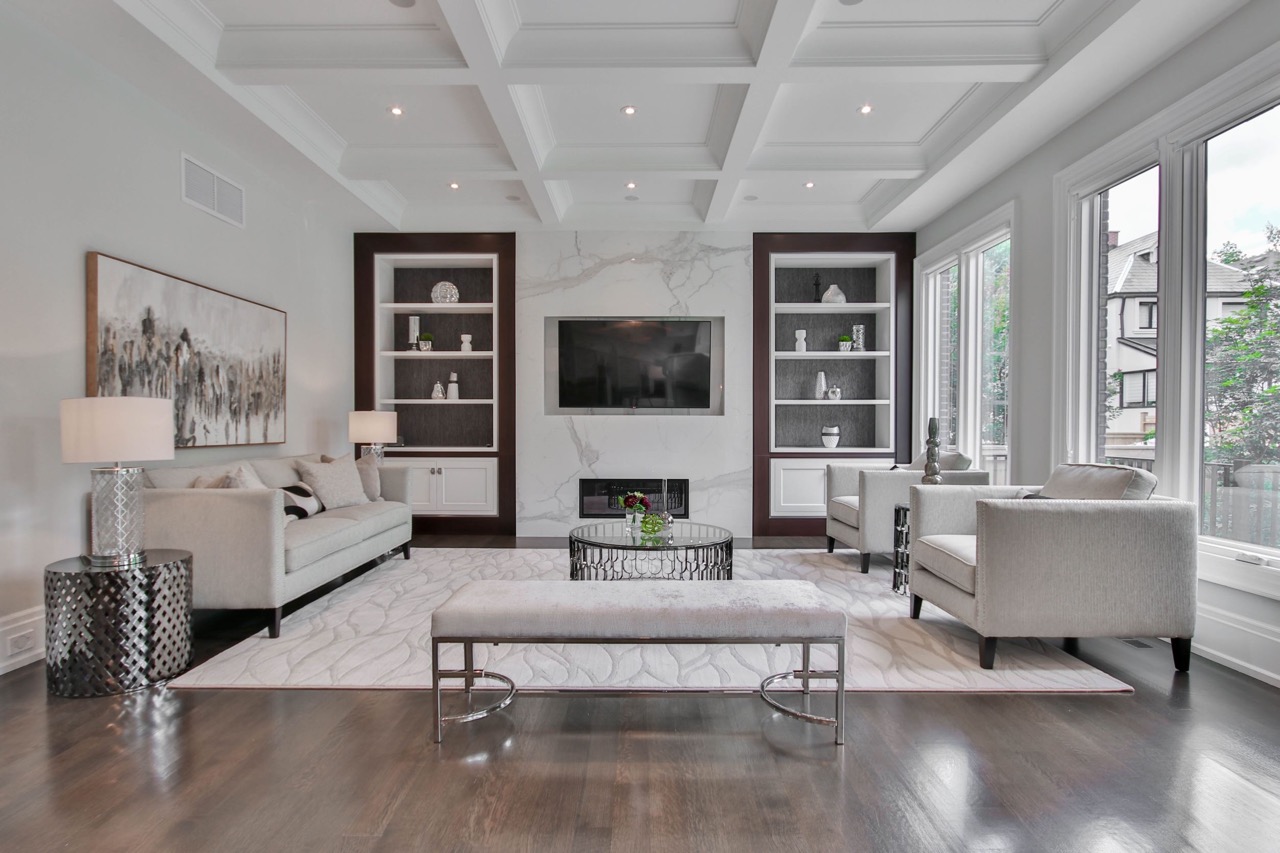

Articles
How To Make Ceiling Look Higher
Modified: August 27, 2024
Learn the top articles for making your ceiling appear higher. Expert tips and tricks to create the illusion of height in any room.
(Many of the links in this article redirect to a specific reviewed product. Your purchase of these products through affiliate links helps to generate commission for Storables.com, at no extra cost. Learn more)
Introduction
Have you ever looked at a room with low ceilings and wished they were higher? Low ceilings can make a space feel cramped and closed off. Fortunately, there are various techniques you can use to make your ceilings appear higher than they actually are. In this article, we will explore several effective methods to create the illusion of increased height and make your room feel more spacious and airy.
By employing a combination of design principles and strategic decor choices, you can transform your low-ceilinged space into a visually appealing and inviting area. Whether you’re dealing with a small apartment, a basement, or an older home with low ceilings, these tips will help you make the most of your space.
So let’s dive in and discover how to make your ceilings look higher!
Key Takeaways:
- Create the illusion of higher ceilings by using light colors, vertical elements, and strategic decor choices. Employing these techniques can transform a cramped space into an open and airy environment.
- Utilize floor-to-ceiling shelves, low-profile furniture, and strategic mirror placement to visually elongate the walls and make the ceilings appear higher. These design choices can maximize the perceived vertical space in a room with low ceilings.
Read more: How To Make Basement Ceiling Higher
Use Light Colors
One of the simplest and most effective ways to make your ceiling look higher is by using light colors in your décor. Lighter shades, such as whites, creams, and pastels, reflect more light and create an illusion of spaciousness. When walls and ceilings are painted in similar light hues, the boundaries between them become less noticeable, giving the impression of taller walls and higher ceilings.
Consider painting your walls and ceilings in the same light color to create a cohesive look throughout the room. This helps to erase the visual distinction between the two surfaces and helps draw the viewer’s eye upwards. You can also use light-colored furniture, rugs, and accessories to further enhance the effect.
Additionally, to create an even more open and airy feel, opt for glossy or satin finishes on your walls and ceilings. These finishes reflect more light and can make the space appear brighter and more expansive.
Another trick is to paint vertical stripes on the walls. Vertical stripes draw the eye upward, creating the illusion of higher ceilings. Use a lighter shade for the stripes to accentuate the effect. This technique works best when the stripes are thin and evenly spaced.
Remember, the key is to keep the overall color palette light and bright. Dark or bold colors tend to make a room feel more enclosed, which is the opposite of what we are trying to achieve with low ceilings.
By using light colors in your paint choices and décor, you can visually elongate the walls and create the illusion of higher ceilings, giving your space an open and airy feel.
Install Vertical Striped Wallpaper
If you’re looking for a visually striking way to make your ceilings appear higher, consider installing vertical striped wallpaper. Similar to the effect created by painting vertical stripes, wallpaper with vertical stripes can give the illusion of taller walls and higher ceilings.
The vertical lines created by the stripes draw the viewer’s eyes upward, creating a sense of height. Opt for wallpaper with thin, vertical stripes in lighter shades to maximize the impact. The contrast between the stripes and the surrounding wall color can further enhance the illusion of height.
When installing the wallpaper, carefully align the stripes vertically to maintain consistency. A professional wallpaper installer can help ensure the lines are straight and even. It’s also essential to choose a wallpaper that complements the overall aesthetic of your space and coordinates with the other elements in the room.
In addition to vertical stripes, consider other wallpaper patterns that create a sense of movement or depth. Horizontal lines, diagonal patterns, or even geometric designs can add visual interest and draw the eye upward, making the ceilings feel higher.
Installation of vertical striped wallpaper may seem like a more involved process compared to other techniques, but the impact it can have on creating the illusion of higher ceilings is worth the effort. It’s a stylish and effective way to add visual height to a room with low ceilings.
Hang Curtains Close to the Ceiling
One of the simplest and most effective ways to create the illusion of higher ceilings is by hanging curtains close to the ceiling instead of directly above the windows. This technique draws the eye upward and gives the perception of taller walls and ceilings.
When curtains are mounted as close to the ceiling as possible, it creates the visual effect of elongating the windows and extending the height of the room. The drapes should touch or slightly graze the floor to enhance the illusion of length. Avoid short curtains that stop above the windows, as they can give the impression of cutting off the wall and make the ceilings appear lower.
Choose curtains in light or neutral colors to maximize the impact. Sheer or lightweight materials can also add an airy and ethereal feel to the space. If you prefer privacy, consider using both sheer curtains and a heavier set of curtains or blinds that can be pulled for coverage.
In terms of curtain rod selection, opt for a design that allows the curtains to hang closer to the ceiling. Ceiling-mounted tracks or rods that extend beyond the window frame can help achieve this desired effect. Hanging the curtains wider than the windows can also create the illusion of width and make the room feel more spacious.
Remember to keep the curtains in proportion to the room. Too much fabric can overwhelm a small space, so make sure the curtains complement the size of the room and its furnishings.
By hanging curtains close to the ceiling, you can instantly add height to your space and make the ceilings appear higher. This affordable and straightforward technique can transform the overall look and feel of a room with low ceilings.
Utilize Floor-to-Ceiling Shelves
When it comes to making your ceilings look higher, utilizing floor-to-ceiling shelves is a strategic and practical solution. Tall shelves that span from the floor to the ceiling draw the eye upward and create the illusion of height and vertical space.
Not only do floor-to-ceiling shelves provide additional storage and organization, but they also make a bold design statement. These shelves create a sense of grandeur and elevates the overall aesthetic of the room.
When arranging items on the shelves, consider placing taller objects towards the bottom and gradually transitioning to shorter items as you move up. This arrangement helps maintain the visual flow and emphasizes the vertical lines of the shelves.
Opt for open-shelving units to prevent the shelves from feeling heavy or bulky. Open shelves have a more minimalistic and airy appearance, adding to the illusion of taller ceilings. If you prefer closed cabinets, choose those with glass doors or mirrored fronts to reflect light and create a sense of depth.
Consider painting or wallpapering the back of the shelves in a lighter or contrasting color. This technique adds depth and draws attention to the height of the shelves.
In addition to books, you can display decorative items, artwork, and plants on the shelves. However, avoid cluttering the shelves as it can make the room feel cramped and counteract the intended effect of making the ceilings appear higher.
Remember to keep the shelves proportionate to the room. In smaller spaces, choose slimmer shelving units to avoid overwhelming the room. In larger rooms, opt for wider and more substantial shelving units to fill the vertical space effectively.
By incorporating floor-to-ceiling shelves into your room, you not only add more storage but also create an illusion of height and grandeur. These shelves become a focal point and visually elongate your space, making the ceilings appear higher and more spacious.
Read more: How To Make Your Mattress Higher
Choose Low Furniture
When working with low ceilings, it’s important to select furniture that complements the space and doesn’t make it feel even more confined. Opting for low-profile furniture can help create a sense of openness and make the ceilings appear higher.
When choosing seating options such as sofas or chairs, look for pieces with low backs or sleek designs. This allows for more visual space above the furniture, making the room feel less crowded and the ceilings taller. Avoid furniture with high backs or bulky designs that can make the room feel cramped.
Consider furniture with exposed legs or a floating design, as these features create an illusion of more floor space and allow light to flow underneath, giving a sense of openness. Sofas or chairs with slim, tapered legs are particularly effective in adding a touch of elegance and making the room feel more spacious.
In terms of tables, select coffee tables and side tables with a lower height and minimalistic design. This helps maintain an unobstructed view of the room and prevents the furniture from visually dominating the space. Glass or acrylic tabletops can also contribute to a lighter and more open feel.
Additionally, keep in mind the scale of the furniture. In a room with low ceilings, avoid oversized or bulky pieces that can overwhelm the space. Instead, choose smaller-scale furniture that fits comfortably within the room’s proportions.
When arranging furniture, create open pathways and ensure there is ample space between pieces. This will allow for a better flow and prevent the room from feeling crowded or cluttered. By maintaining open spaces and utilizing low-profile furniture, you can make the ceilings appear higher and create a more visually appealing and spacious environment.
Use vertical stripes or patterns on the walls to create the illusion of height. Avoid heavy, low-hanging light fixtures that can make the ceiling feel lower.
Use Mirrors Strategically
Mirrors are powerful tools when it comes to creating the illusion of space and height in a room. By strategically placing mirrors, you can reflect light and visually expand the space, making the ceilings appear higher.
One effective technique is to hang a large mirror on a wall opposite a window. This allows natural light to bounce off the mirror and fill the room, creating a brighter and more expansive atmosphere. The reflection in the mirror gives the perception of an additional window, tricking the eye into thinking the room is larger and the ceilings are higher.
You can also hang mirrors vertically to accentuate the height of the walls and draw attention upward. Try grouping smaller mirrors together in an arrangement to create an artistic and dynamic focal point. Alternatively, you can choose a full-length mirror and lean it against the wall to add visual height and depth.
Another clever trick is to place a mirror behind a light source, such as a table lamp or a floor lamp. This helps amplify the light and creates a sense of depth, further enhancing the illusion of taller ceilings.
In addition to wall mirrors, consider using mirrored furniture or accessories. Items such as a mirrored console table or a mirrored tray can reflect light and give the impression of more space. However, be mindful of not overusing mirrors, as it can lead to excessive reflections and a distracting visual effect.
When positioning mirrors, take care to place them strategically to create the desired effect. Experiment with different angles and placements to find the most effective arrangement for your space. Keep in mind that mirrors should reflect pleasant and visually appealing elements in the room, such as artwork, a beautiful view, or an interesting architectural feature.
By using mirrors strategically, you can maximize natural light, create the illusion of more space, and make your ceilings appear higher. The reflective qualities of mirrors can transform a room with low ceilings into a brighter and more spacious environment.
Install Crown Molding
One of the timeless and effective ways to make your ceilings appear higher is by installing crown molding. Crown molding is a decorative trim that is mounted along the intersection of the walls and ceilings. It adds an elegant and finished look to a room while creating the illusion of taller ceilings.
Crown molding draws the eye upward and creates a visual separation between the walls and ceilings. This vertical emphasis gives the perception of increased height and adds architectural interest to the space. Opt for thinner and simpler designs if you have lower ceilings, as elaborate or bulky molding may overpower the room.
When installing crown molding, it’s important to ensure that it is properly measured and fitted. Hiring a professional carpenter or handyman can help ensure a precise and polished finish. If you’re confident in your DIY skills, there are many tutorials and guides available to walk you through the installation process.
To maximize the impact of crown molding, paint it in the same color as the ceiling or choose a slightly lighter shade. This creates a seamless and cohesive look, further enhancing the illusion of higher ceilings. Avoid using a contrasting color that can visually divide the space and make the ceilings appear lower.
In addition to traditional crown molding, you can also consider other types of moldings, such as picture rail molding or chair rail molding. These variations can add visual interest and draw attention to the height of the walls.
Remember to take into account the proportions of the room when selecting the size of the crown molding. In small rooms, choose narrower molding to maintain balance, while larger rooms can accommodate wider molding for a more dramatic effect.
By installing crown molding, you can create a refined and sophisticated look in your space, while also making the ceilings appear higher. This classic architectural feature can elevate the overall aesthetic and transform a room with low ceilings into a more elegant and visually appealing environment.
Remove Ceiling Fixtures
If you want to create the illusion of higher ceilings, one effective step to take is to remove or minimize ceiling fixtures. While lighting is essential in any space, having bulky or low-hanging fixtures can make the ceilings feel lower and the room appear more cramped.
Consider removing large chandeliers or pendant lights if they hang low and obstruct the vertical space. Opt for recessed lighting instead, as it creates a streamlined and unobtrusive look. Recessed lights are installed flush with the ceiling, allowing the eye to move seamlessly upward and giving the appearance of taller ceilings.
If you have a low ceiling without much height to spare, consider installing track lighting or wall sconces. These options can provide adequate illumination while taking up minimal vertical space.
In addition to ceiling fixtures, be mindful of other protrusions, such as ceiling fans or hanging decorations. Keep these elements to a minimum and choose designs that don’t hang too low. The goal is to create an unobstructed view and make the ceilings feel as high as possible.
By removing or minimizing ceiling fixtures, you can open up the vertical space, giving the impression of higher ceilings. This will contribute to a more open and spacious atmosphere in the room.
Read more: How To Make A Drop Ceiling Look Better
Paint Ceiling in a Light Shade
When it comes to making your ceilings look higher, the color you choose for the ceiling can have a significant impact. Opting for a light shade is a simple yet effective way to create the illusion of taller ceilings.
Painting the ceiling in a light color, such as white, off-white, or a light pastel shade, helps to reflect more light and create an airy and open feel in the room. Light colors give the perception of more space, making the ceiling visually recede and appear higher.
By contrast, darker or bolder colors on the ceiling tend to draw attention and make it feel lower. While dark walls can create a cozy and intimate atmosphere, they can also make a room with low ceilings appear more enclosed and claustrophobic.
When selecting a paint color for the ceiling, consider choosing a shade that is slightly lighter than the walls. This subtle contrast helps to visually separate the two surfaces and add depth to the room.
Before starting your painting project, ensure that the ceiling is properly prepared by repairing any cracks or imperfections. A smooth and flawless ceiling surface will enhance the overall look and make the room feel more cohesive.
It’s also worth noting that a glossy or semi-gloss finish on the ceiling can reflect more light and create a sense of brightness in the room. However, keep in mind that a highly reflective finish can also highlight any imperfections, so it’s important to carefully prepare the surface before applying the paint.
By painting your ceiling in a light shade, you can visually elevate the space and make the ceilings appear higher. This simple yet effective technique can transform the overall look and feel of a room with low ceilings.
Conclusion
When it comes to making your ceilings appear higher, there are several strategies that you can employ to create the illusion of more vertical space. By implementing these techniques, you can transform a room with low ceilings into a visually appealing and spacious environment.
Using light colors on the walls, ceilings, and furniture can help reflect more light and create a sense of openness. Installing vertical striped wallpaper or hanging curtains close to the ceiling draws the eye upward, making the ceilings appear higher. Utilizing floor-to-ceiling shelves adds architectural interest and emphasizes the height of the room. Choosing low-profile furniture avoids visual clutter and maintains an unobstructed view of the space.
Strategic placement of mirrors can reflect light and create the illusion of more space. Installing crown molding adds a touch of elegance and draws attention to the height of the walls. Removing or minimizing ceiling fixtures allows for an unobstructed view and makes the ceilings feel higher. Finally, painting the ceiling in a light shade contributes to a sense of airiness and visually raises the height of the room.
By combining these techniques and considering the unique characteristics of your space, you can maximize the impact and create a room that feels more open, spacious, and inviting.
Remember, the key is to find the right balance between functionality, aesthetics, and the desired illusion of height. Experiment with different elements and consider seeking professional advice when needed. With some creativity, strategic choices, and attention to detail, you can transform your space and make your ceilings appear higher.
So, go ahead and apply these tips to your own space. Enjoy the journey of creating a visually stunning and inviting environment with the illusion of taller ceilings!
Frequently Asked Questions about How To Make Ceiling Look Higher
Was this page helpful?
At Storables.com, we guarantee accurate and reliable information. Our content, validated by Expert Board Contributors, is crafted following stringent Editorial Policies. We're committed to providing you with well-researched, expert-backed insights for all your informational needs.

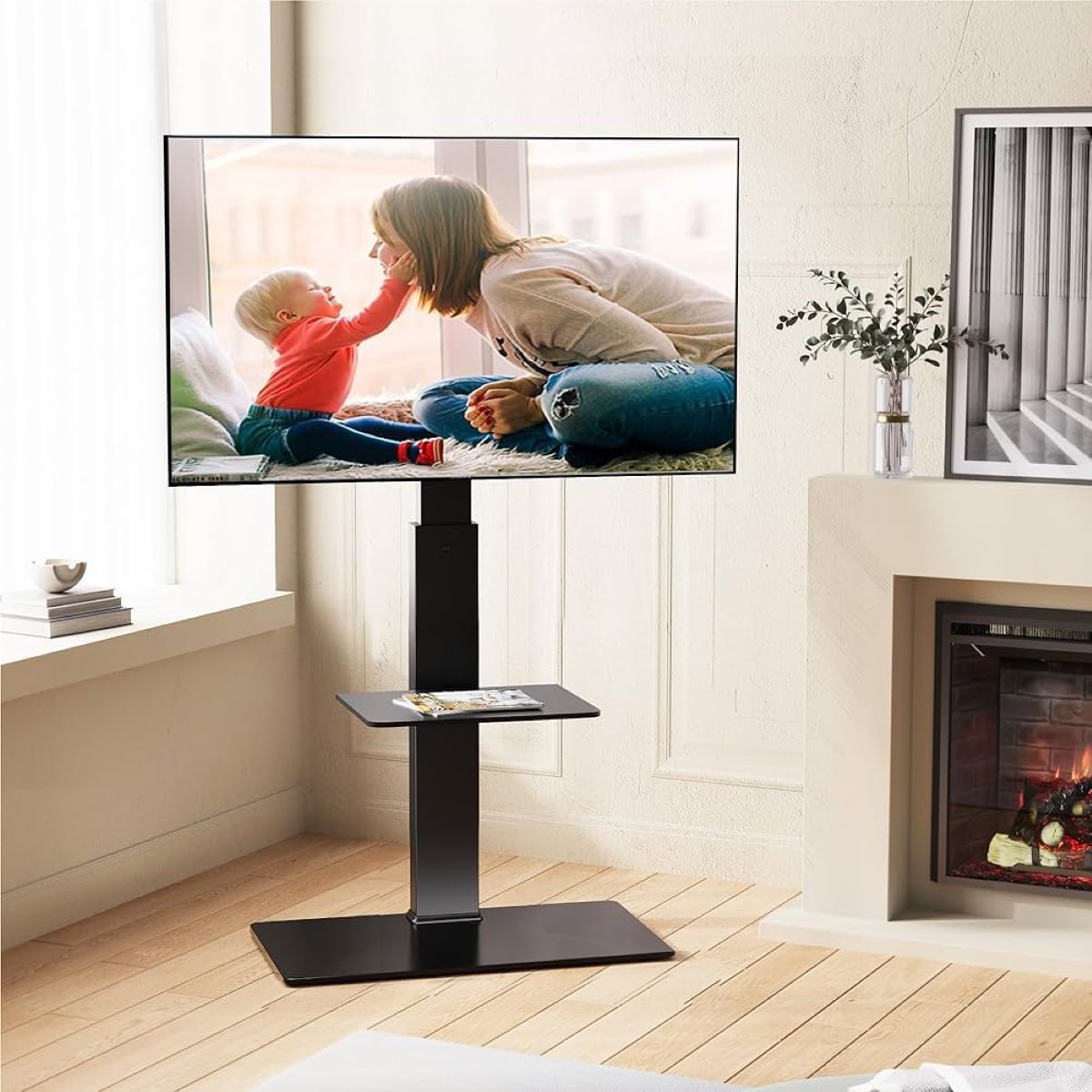

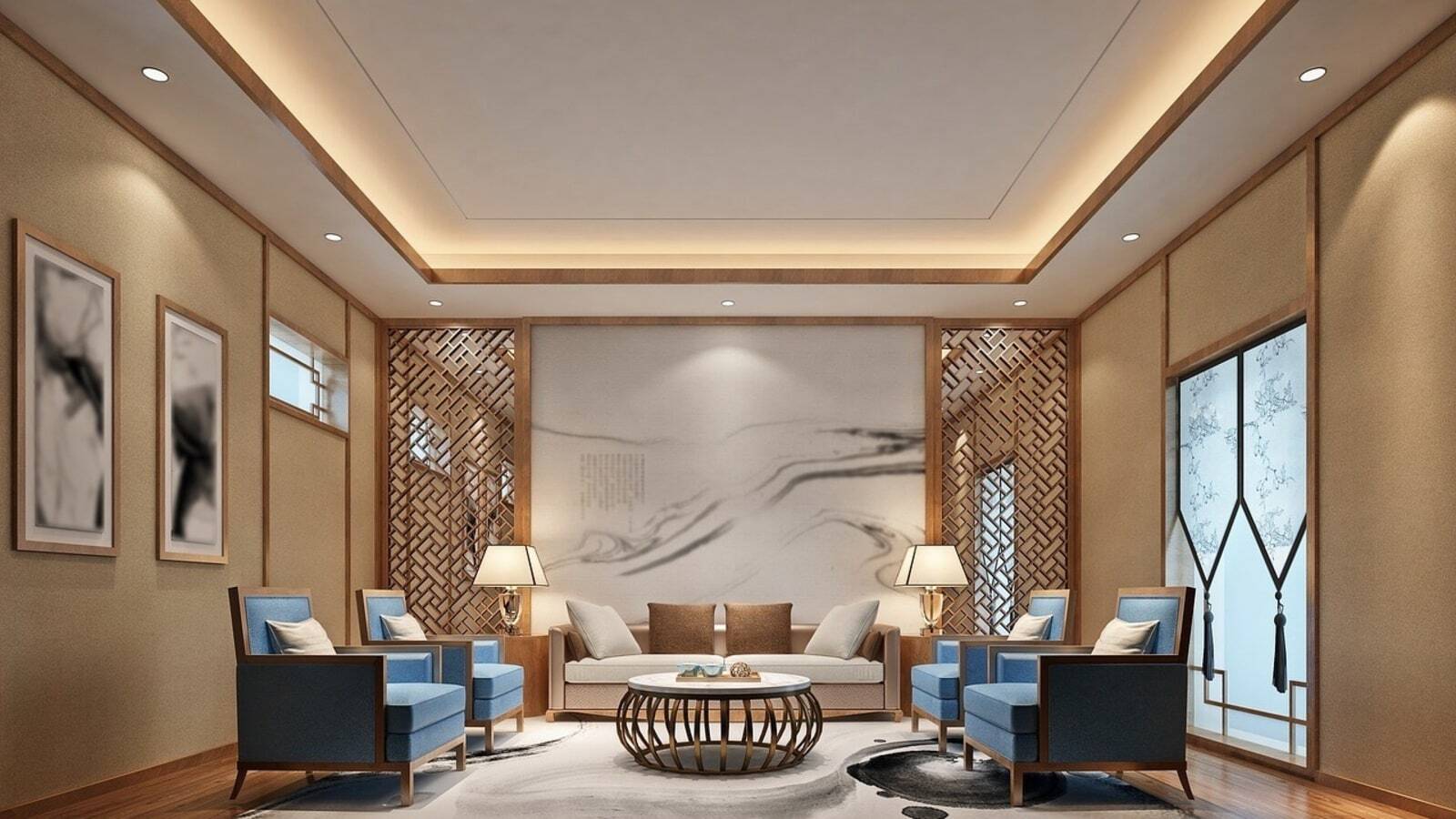
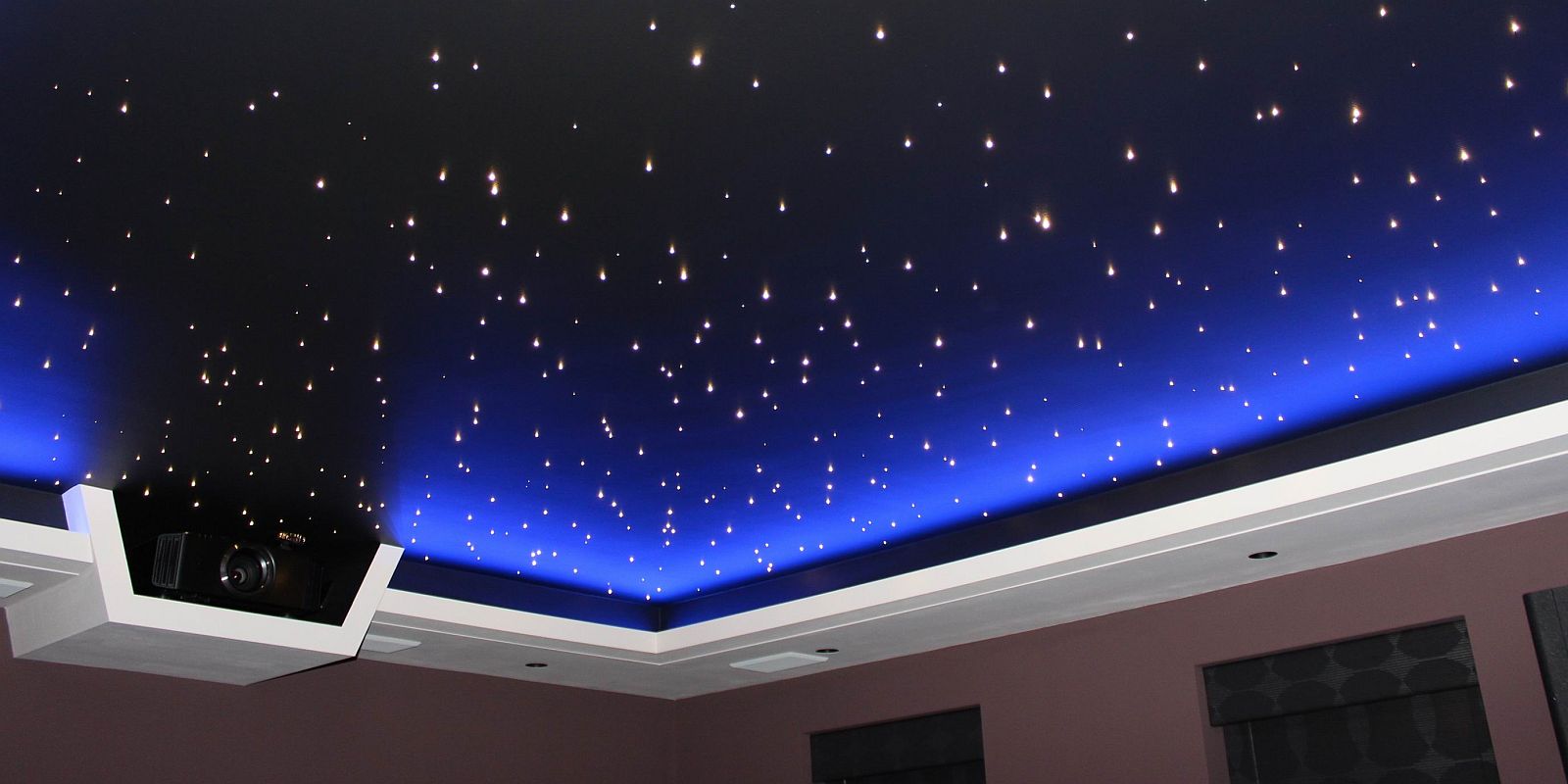
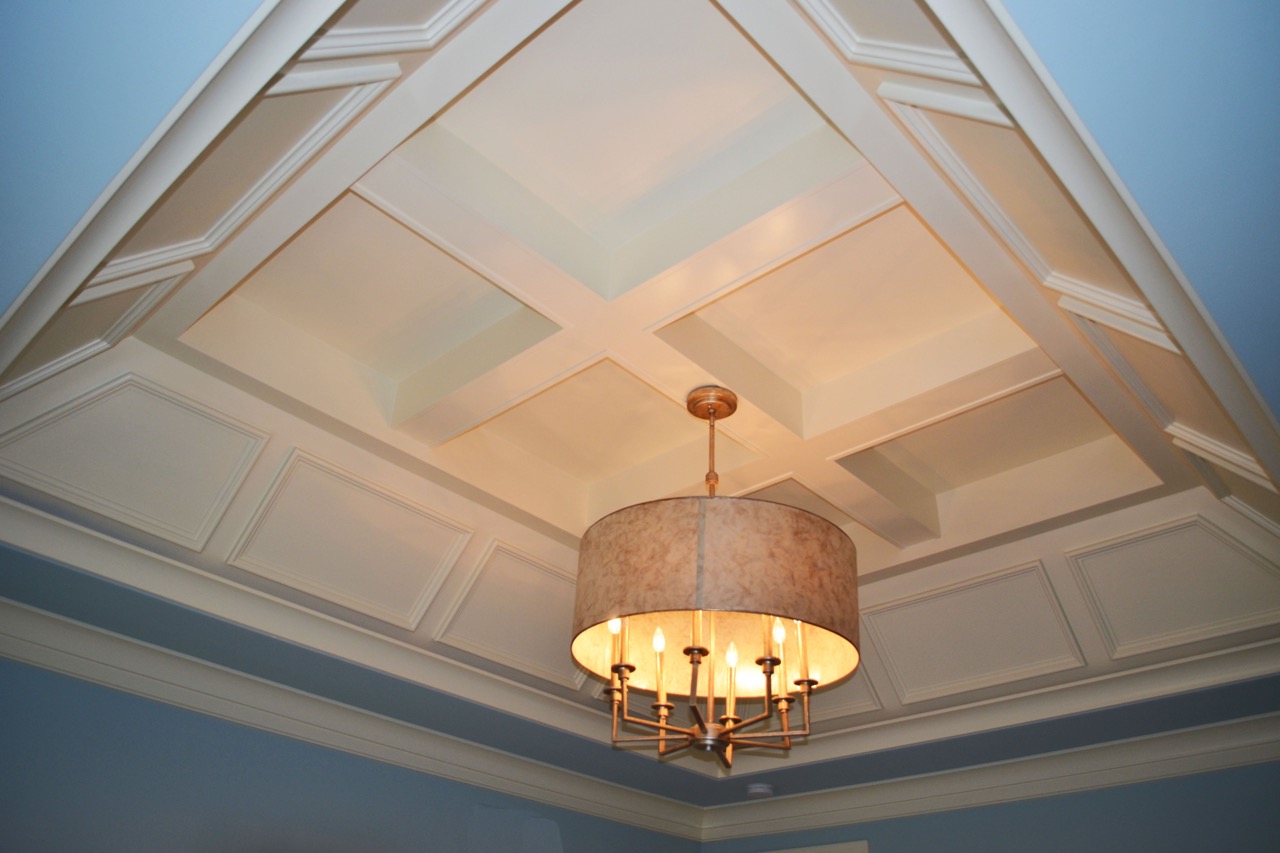
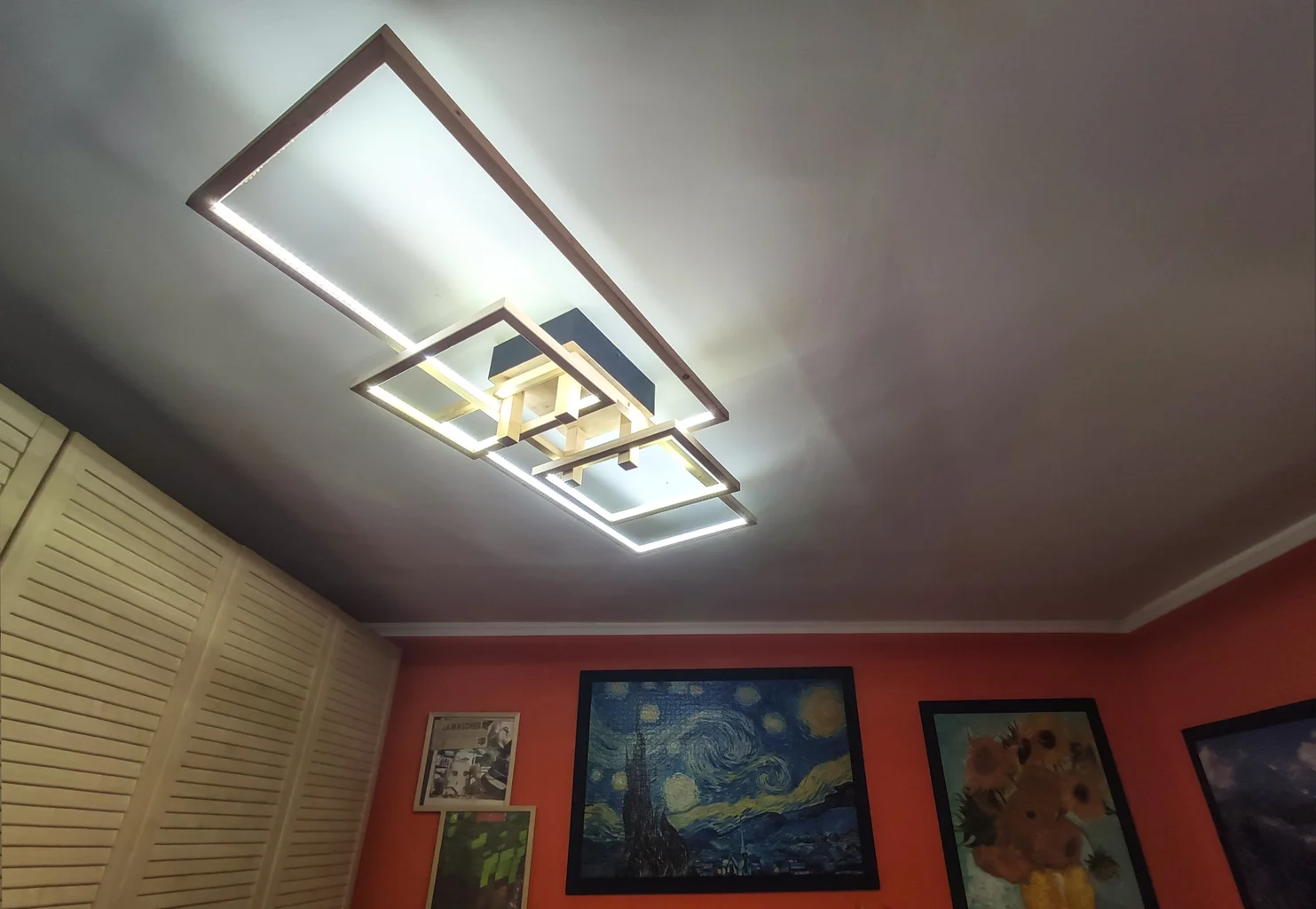
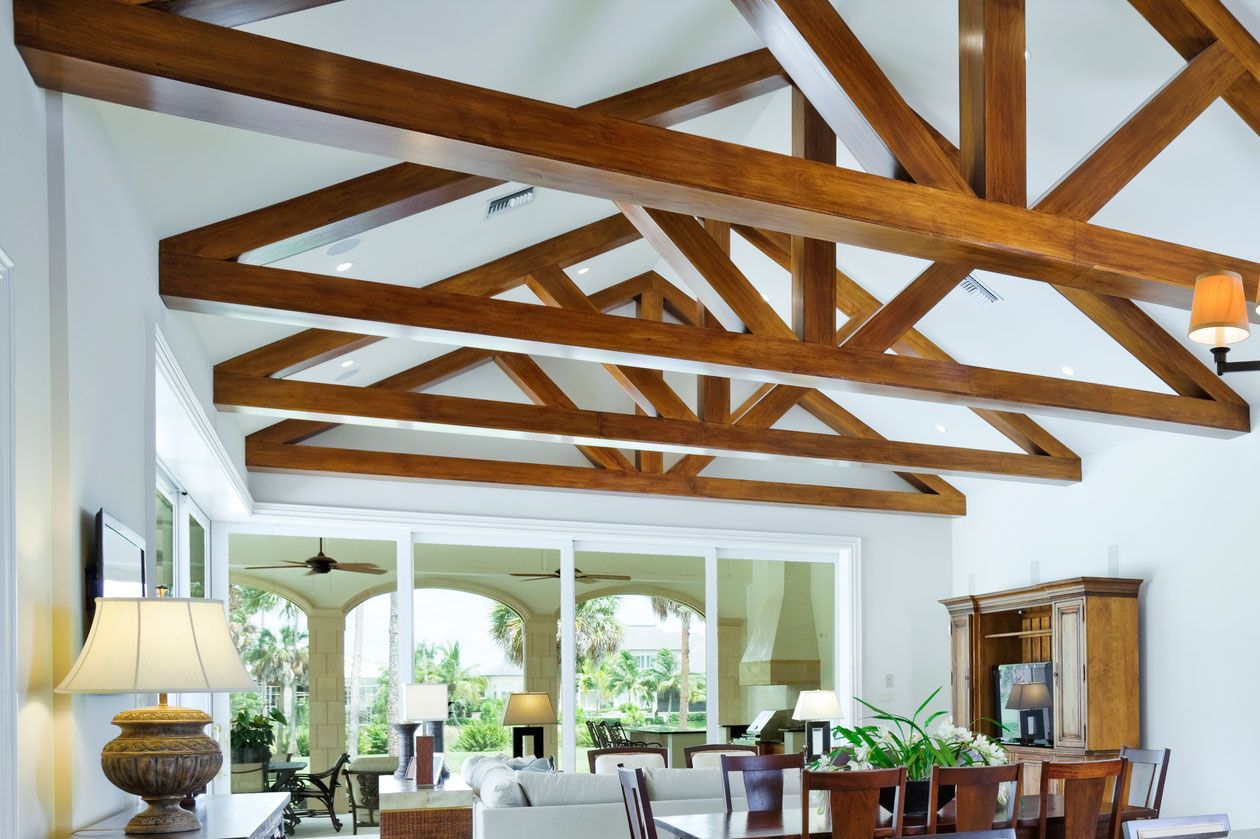
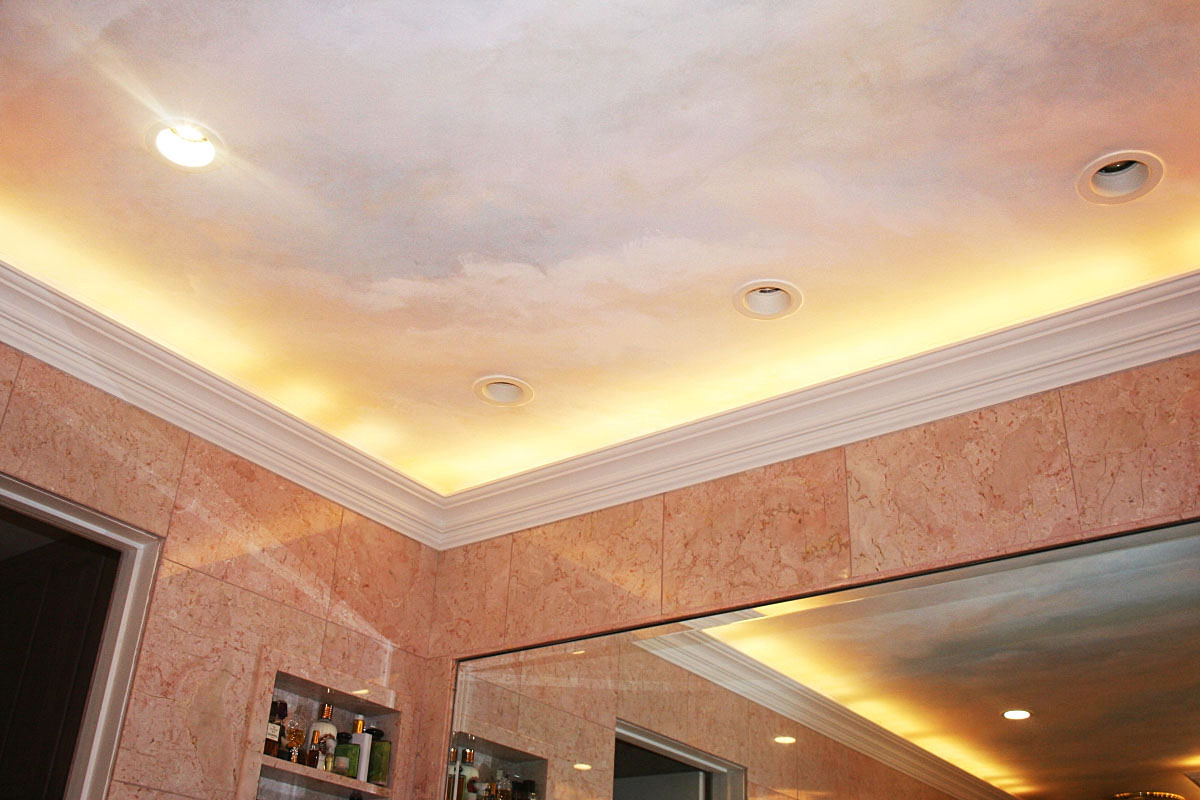

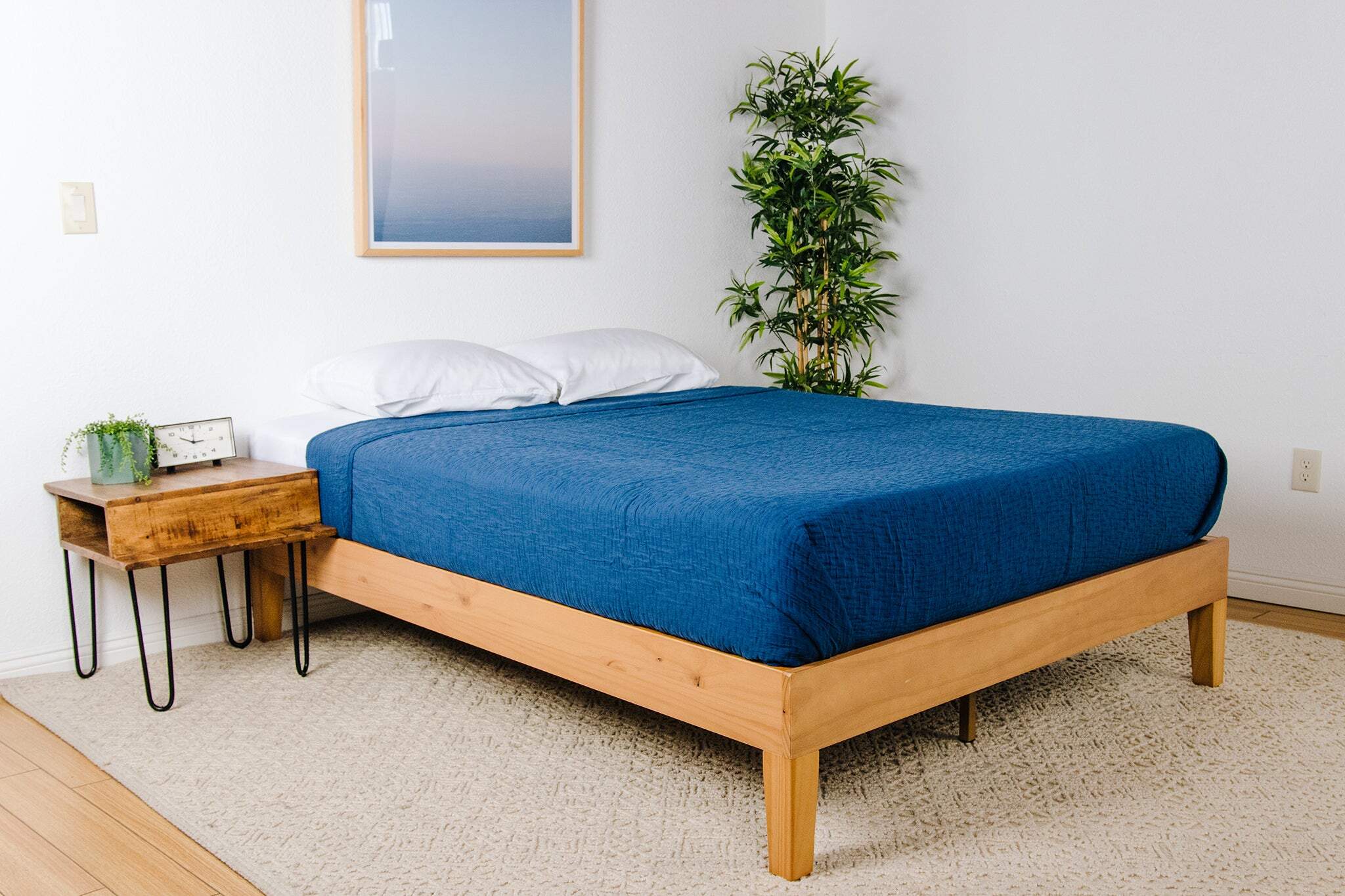
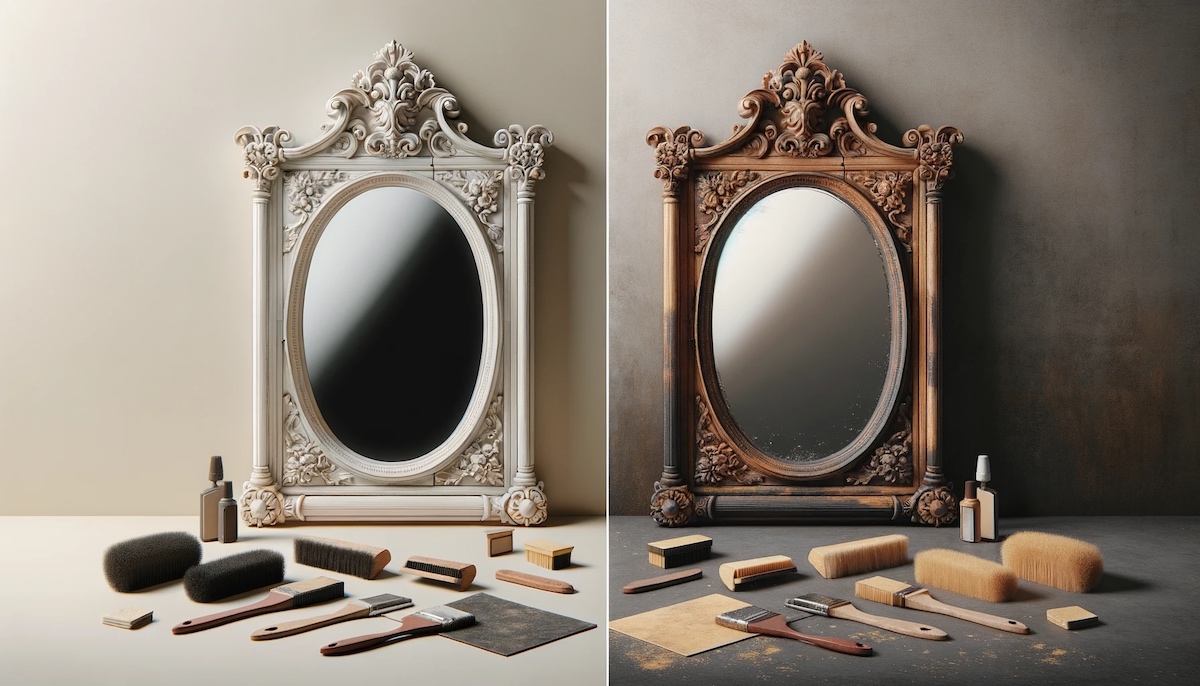
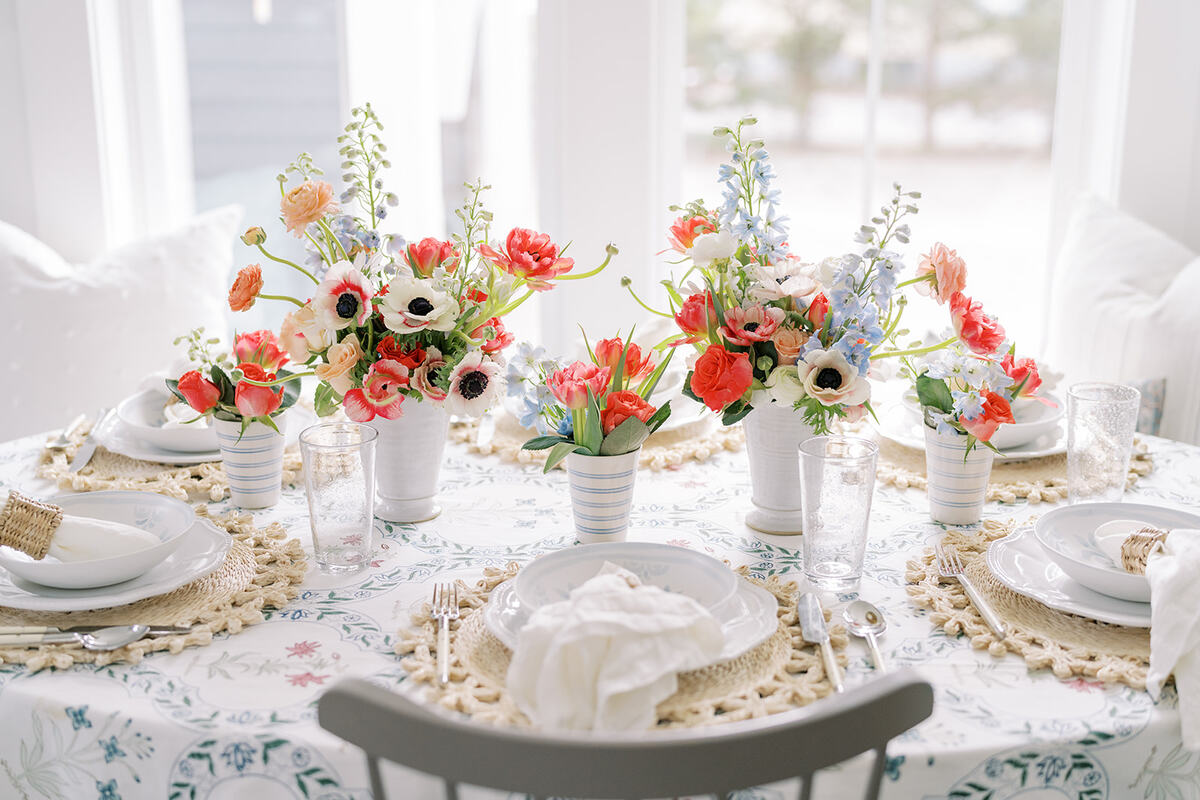

0 thoughts on “How To Make Ceiling Look Higher”